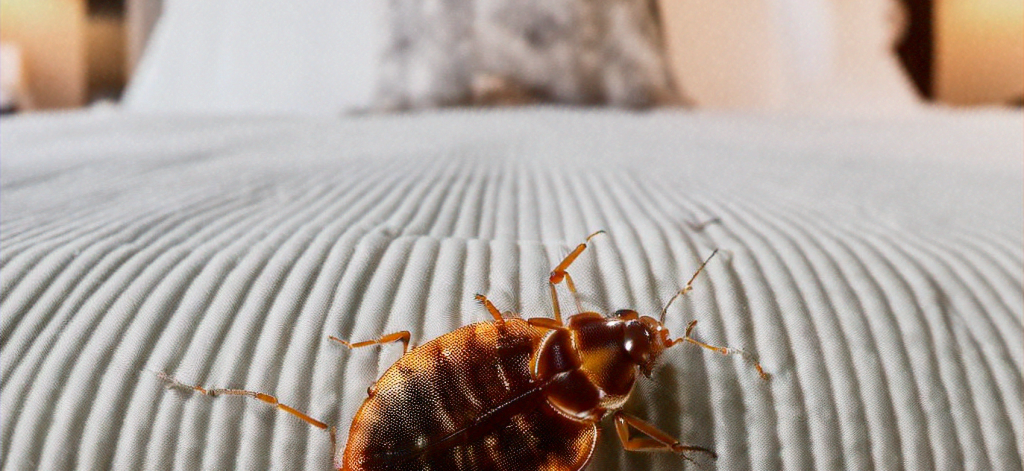
Apartment Maintenance Tips to Prevent Bed Bugs in Multi-Unit Buildings
Bed bugs are one of the most persistent and challenging pests in multi-unit buildings, such as apartments and condos. Unlike single-family homes, infestations in apartment complexes can spread quickly between units, making prevention and early intervention essential. Property managers and tenants alike can take proactive steps to reduce the risk of bed bugs and maintain a safe, comfortable living environment.
This guide outlines practical apartment maintenance tips that can help prevent bed bug infestations and minimize their impact if they occur.
1. Conduct Regular Inspections
Frequent inspections are the cornerstone of bed bug prevention. By routinely checking common hiding spots, property managers and tenants can detect problems before they escalate.
Focus on the following areas:
- Mattress seams, box springs, and bed frames
- Baseboards, wall cracks, and molding
- Furniture joints and upholstered seating
- Electrical outlets, behind picture frames, and light fixtures
Regular inspections, ideally once every few months, allow early detection and treatment, keeping infestations manageable.
2. Educate Tenants About Bed Bugs
Knowledge is a powerful tool in preventing infestations. Tenants should be informed about how bed bugs spread, how to spot them, and how to respond if they suspect an infestation.
Educational strategies include:
- Distributing informational flyers or newsletters
- Hosting occasional workshops or webinars
- Providing clear instructions for reporting suspected bed bugs
When tenants are proactive and know what to look for, infestations are caught earlier, reducing the chance of widespread spread.
3. Minimize Clutter in Common Areas
Clutter provides bed bugs with additional hiding spots, making infestations harder to control. Encourage tenants to reduce clutter in hallways, basements, and shared storage areas.
Property managers should:
- Keep laundry rooms and storage areas clean and organized
- Remove discarded furniture promptly
- Limit access to potential harborage zones
A clean and organized building reduces opportunities for bed bugs to thrive.
4. Inspect Incoming Furniture and Packages
Bed bugs can easily hitch a ride on furniture, clothing, or packages brought into a building. This makes vigilance around new items crucial.
Best practices include:
- Inspecting used or second-hand furniture before placing it in an apartment
- Encouraging tenants to check luggage after traveling
- Limiting or supervising donations or bulk deliveries to shared areas
Early interception prevents infestations before they start, reducing treatment costs and stress.
5. Seal Cracks and Crevices
Bed bugs can move between units through wall cracks, gaps around plumbing, electrical outlets, or baseboards. Sealing these entry points is an important preventive measure.
Maintenance tips:
- Caulk cracks along walls and baseboards
- Install outlet covers and seal gaps around pipes
- Repair loose or damaged molding
These measures limit the pathways bed bugs can use to spread, protecting both individual units and the building as a whole.
6. Use Protective Mattress Covers
Encasing mattresses and box springs in bed bug–proof covers can prevent infestations or make them easier to detect. These covers trap any bugs already inside and prevent new ones from hiding in seams.
Tenants should:
- Install protective covers on all beds
- Ensure covers are zipped completely and checked regularly
- Keep bedding clean and laundered on high heat
This is a simple, low-cost measure that adds a layer of protection against infestation.
7. Establish a Quick Response Plan
Even with preventive measures, bed bugs may still appear. A fast, organized response is critical to stop infestations from spreading between units.
Key components of a response plan include:
- Immediate reporting by tenants of suspected bed bugs
- Rapid inspection by trained professionals
- Coordinated treatment across affected units, if necessary
- Follow-up visits to ensure the infestation is fully eliminated
Professional assistance is essential. For apartment buildings in New York City, Positive Pest Management provides expert bed bug inspections, treatments, and prevention strategies to keep multi-unit properties safe.
8. Encourage Tenant Cooperation
Tenant cooperation is crucial for preventing and controlling bed bugs. Everyone in the building should understand that quick reporting, proper laundering, and compliance with treatment instructions make eradication more effective.
Property managers can encourage cooperation by:
- Communicating clearly and regularly
- Providing educational resources
- Offering incentives for early reporting
When residents and management work together, the building as a whole becomes less vulnerable to infestations.
Final Thoughts
Preventing bed bugs in multi-unit buildings requires vigilance, education, and proactive maintenance. Regular inspections, minimizing clutter, sealing entry points, and using protective bedding can dramatically reduce the risk.
If an infestation does occur, rapid reporting and professional treatment are essential to prevent spread. By following these apartment maintenance tips and working with experienced professionals, building owners and tenants can maintain a safe, comfortable, and bed bug–free living environment.





